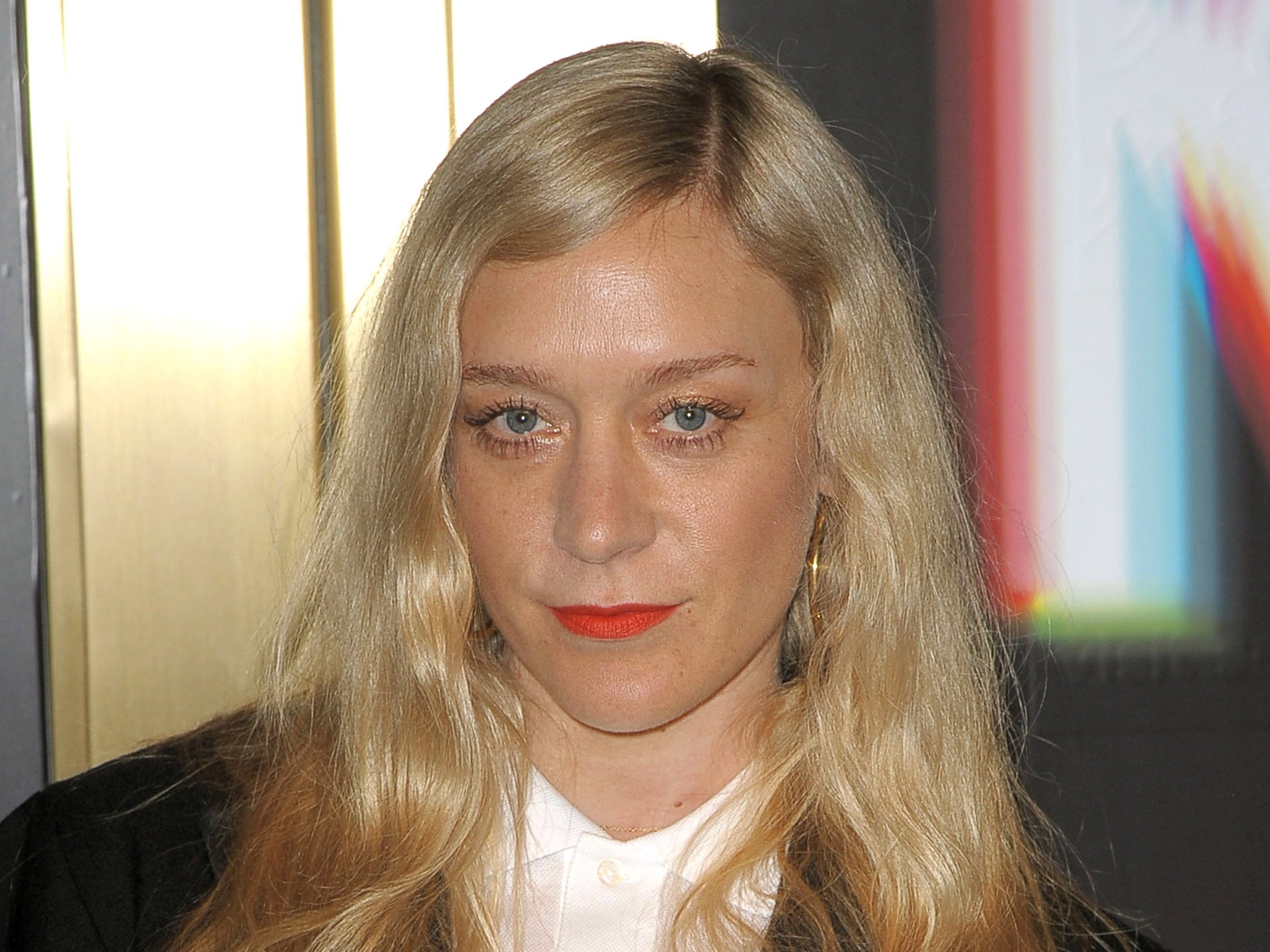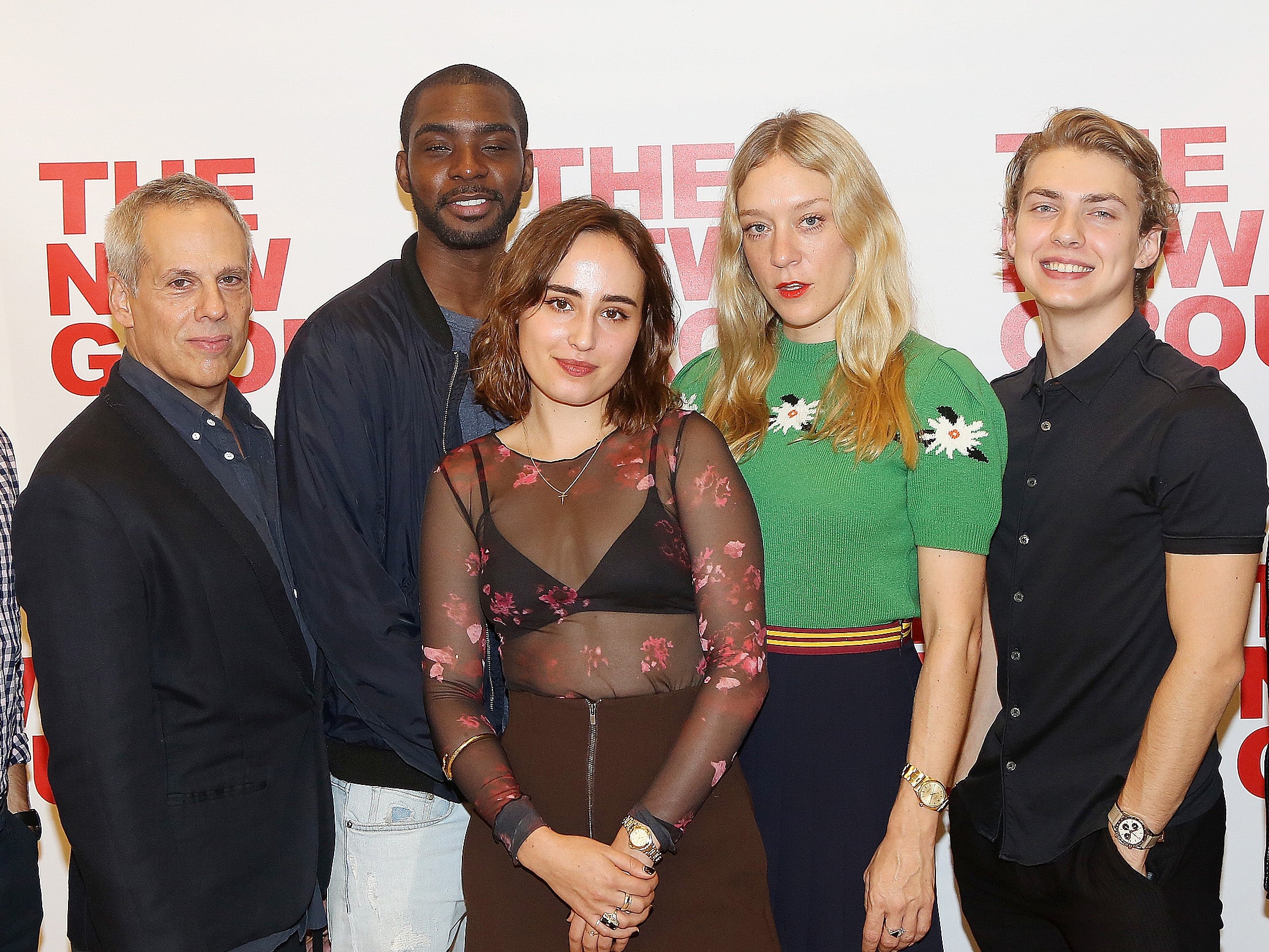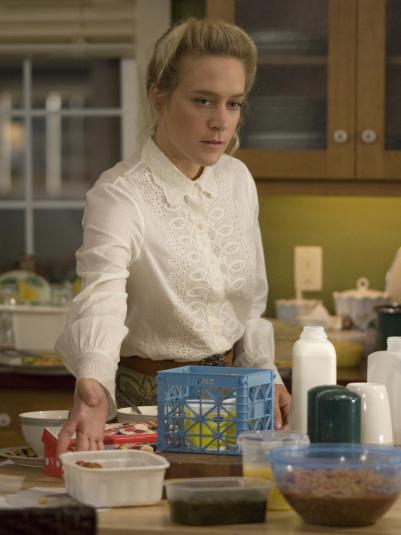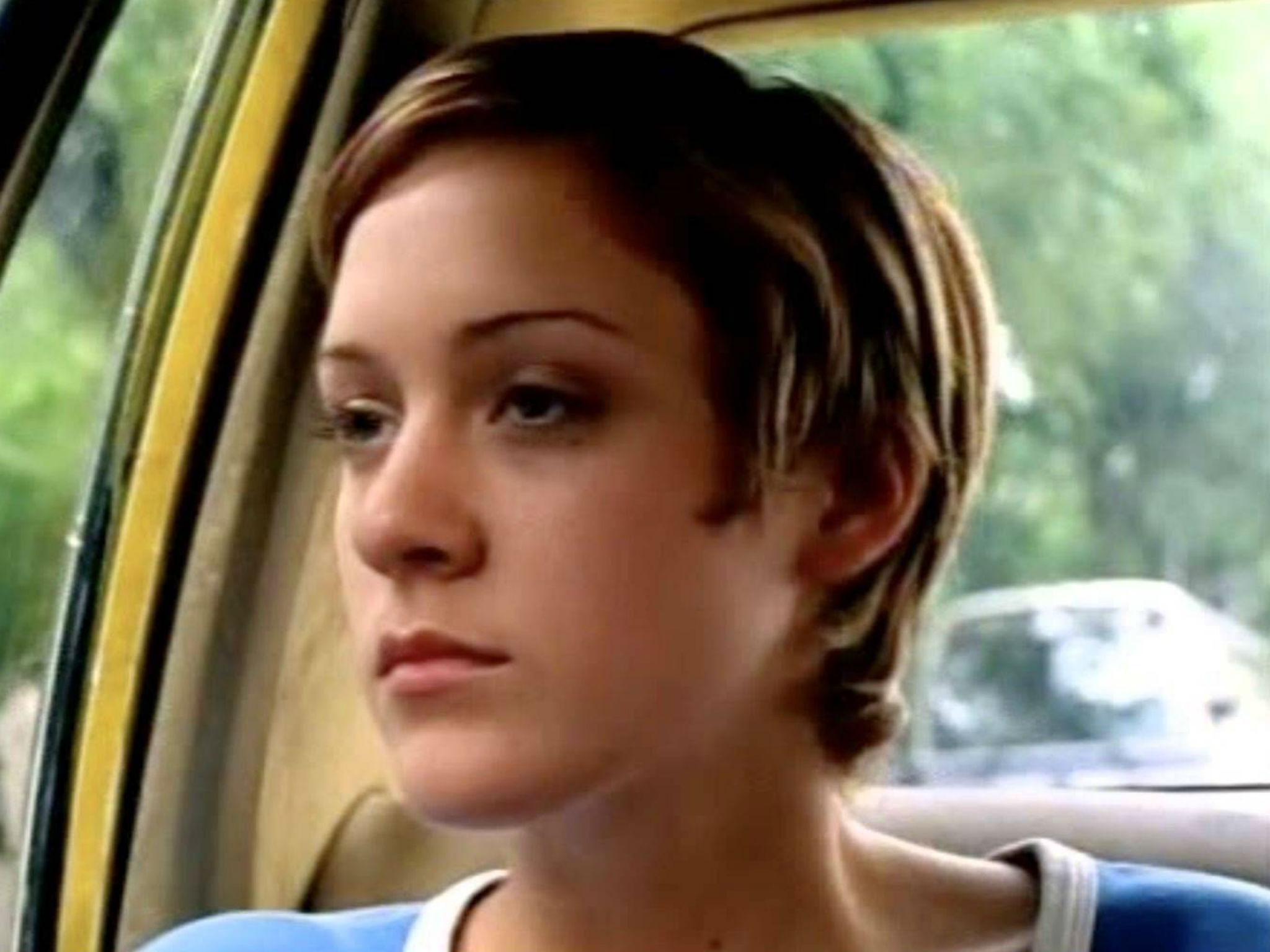Chloë Sevigny on playing an addict in Downtown Race Riot
Dubbed the world's coolest girl at 19, Sevigny is now starring off-Broadway in the world premiere of Seth Zvi Rosenfeld's play, as a mum battling heroin addiction

Your support helps us to tell the story
From reproductive rights to climate change to Big Tech, The Independent is on the ground when the story is developing. Whether it's investigating the financials of Elon Musk's pro-Trump PAC or producing our latest documentary, 'The A Word', which shines a light on the American women fighting for reproductive rights, we know how important it is to parse out the facts from the messaging.
At such a critical moment in US history, we need reporters on the ground. Your donation allows us to keep sending journalists to speak to both sides of the story.
The Independent is trusted by Americans across the entire political spectrum. And unlike many other quality news outlets, we choose not to lock Americans out of our reporting and analysis with paywalls. We believe quality journalism should be available to everyone, paid for by those who can afford it.
Your support makes all the difference.To many, Chloë Sevigny is the embodiment of downtown cool. Lured from Darien, Connecticut, by the Washington Square Park skate scene, she strutted seemingly naked in Sonic Youth’s 1992 “Sugar Kane” video while still in high school. Two years later, Jay McInerney famously anointed her the resident It Girl in The New Yorker. Now she’s back in the neighbourhood where it all began, in Seth Zvi Rosenfeld’s Downtown Race Riot, presented by the New Group at the Pershing Square Signature Centre.
Sevigny plays Mary Shannon, a 1960s flower child circa 1976, her bloom faded by children (Sadie Scott and David Levi) from two absent men and a heroin addiction that renders her useless against the escalating tensions outside her rent-assisted apartment. But Mary has a plan: to bag a cool million from the city by claiming that lead paint has harmed her son. She’s aided by a lawyer (Josh Pais) she seduces at a cafe.
“Seth is from downtown Manhattan, and the language about the graffiti and the dialogue between the kids sounded authentic to me,” Sevigny, 43, says of the play’s allure, her rollicking laughter in startling contrast to her typically aloof characters. “And also, how poignant it is to talk about race in this context of the 1970s, when people were saying things that were so non-PC. It’s an important play to put on right now.” Here are edited excerpts from the conversation.

Mary is a different character for you.
“I made this pronouncement earlier in my career to never play a whore or a heroin addict, because I think it glamourises them. Now that I’m in my 40s, I’m hoping it’s a different colour. By the end, you see how desperate she is and how she uses her children. It’s a pretty dark portrayal.”
You were a downtown kid a generation ago. Do you feel any connection to the scene here?
“Not really, except the street names. [Mary lives at] a dope spot on Kenmare and Elizabeth, and can you imagine what that neighbourhood was like then? When I moved to New York in 1993, I wanted to rent an apartment on Clinton Street, and I brought my father to see it. It was a first-floor walk-up, and he was like: “All these people are heroin addicts. No way – my little girl is not living on this block.”
Mary doesn’t have the wherewithal to be as protective.
I don’t want to say she’s a bad mum. Addiction is something that a lot of people suffer from. And the relationship with her daughter is super-complicated, with her wanting to leave and Mary having to let go. That’s my favourite but most difficult time onstage. I can relate to that with my mother. Every time she leaves to go to the train, I cry."

You wield a baton in the new Pussy Riot video for “Police State”.
“My friend Matt Creed directed it. I’m a fan of Nadya [Tolokonnikova] and how bright and vocal she is. She can really reach kids in a way that some of these other talking heads can’t. So I was like, 'You want me to beat up some stuffed animals? Rip your mask off? I can do that'.”
'Big Love', your former HBO series, had a sad year with the deaths of Bill Paxton and Harry Dean Stanton.
“They both had great lives but Bill was so young, his children are so young, and I lost my father when I was 20, my heart goes out to those kids. He had so much enthusiasm for his family and art and film – one of the most vibrant characters I’ve ever met in my life. It was very painful.”
What did being called the world’s coolest girl at 19 do to your sense of self?
“Well, not a lot of my friends were reading The New Yorker at the time. [Laughs] I don’t think it affected my sense of self. I had a clear idea of what I wanted to do with my career – almost too clear. And now I wish that I had taken more risks, made more mistakes. I regret not working with John Waters, Claire Denis, people that I love and respect.”

Any roles you’re still hoping for?
“I would like to play a sassy, funny moll – you know, a bawdy, loud woman. I’ve been doing a lot of introspective work as of late, and it would be fun to be more bossy.”
After three years in Park Slope, Brooklyn, you’re moving back to Manhattan.
“I moved too far, I think. I was on the park in [Senator] Chuck Schumer’s building, which was funny when they were protesting [President Trump] outside, because a lot of my friends were protesting, and afterward I would invite them in for wine and tea.”
And now?
“I’m moving into middle downtown, and I’m really excited. I’ve never lived west of Broadway – so it’s a whole new Manhattan for me.”
© New York Times
New Group’s ‘Downtown Race Riot’ at the Pershing Square Signature Centre, New York, until 23 December
Join our commenting forum
Join thought-provoking conversations, follow other Independent readers and see their replies
Comments